Here's an article for the "drill, baby, drill!" crowd:
You gotta dream big when you dream about oil shale
"Things have quieted in the oil patch, and you don't hear as many chants of "Drill, baby, drill" as we did last summer. Even so, there remains considerable interest in developing oil shale, as evidenced by a recent report from the Center of the American West in Boulder.
America's biggest deposits are roughly centered where Colorado, Wyoming and Utah come together. Producing useful oil from those rocks means converting an unpopulated area into an industrial zone of roads, retorts, power lines and refineries. No one who cherishes open space and clean air wants to see that. But there may be a way to minimize those effects if that oil shale ever gets developed. This is my solution: Mine it here, but process it somewhere else.
It's the processing, after all, that requires one to three barrels of water for every barrel of oil, and if there's one thing we don't have a lot of here, it's water.
Technically, oil shale is neither oil nor shale. The "shale" is a sedimentary rock known as marlstone, and the "oil" is a waxy solid called kerogen. A ton of marlstone contains 20 to 50 gallons of kerogen. To extract the kerogen, you crush and heat the marlstone. The leftover marlstone takes up about 30 percent more volume. So you can't just fill in the hole you mined because you'll have a big pile of leftovers. As for the kerogen, it has to be refined to make useful products like diesel fuel.
So here's a pipe dream for producing oil shale: We start with open-pit mines, with the drills and gargantuan shovels operated by electricity. Mine haulage will be by rail, like the Bingham Canyon pit in Utah, and the carloads of marlstone will also moved to some place that has plenty of water, already has a petrochemical industry, and could even use the waste rock that remains after the kerogen is extracted. In other words, Louisiana. There's abundant water at the mouth of the Mississippi, and it rains 60 inches a year, as opposed to maybe 12 up here.
As for the waste rock, Hurricane Katrina underlined the fact that much of New Orleans is below sea level. This is clearly a place that could use fill -- crushed marlstone by the cubic mile." More>>>>


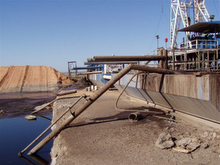



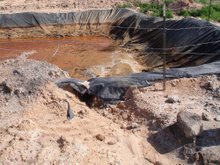

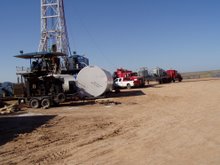
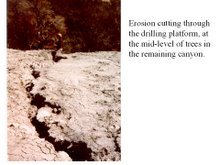
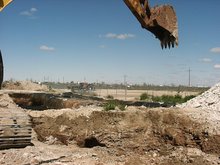
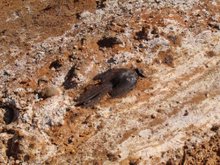
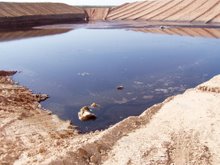
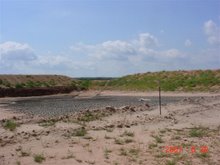
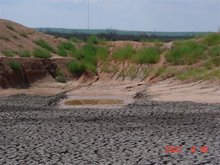
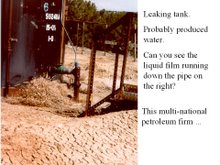
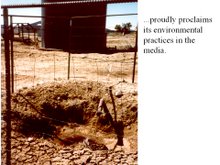
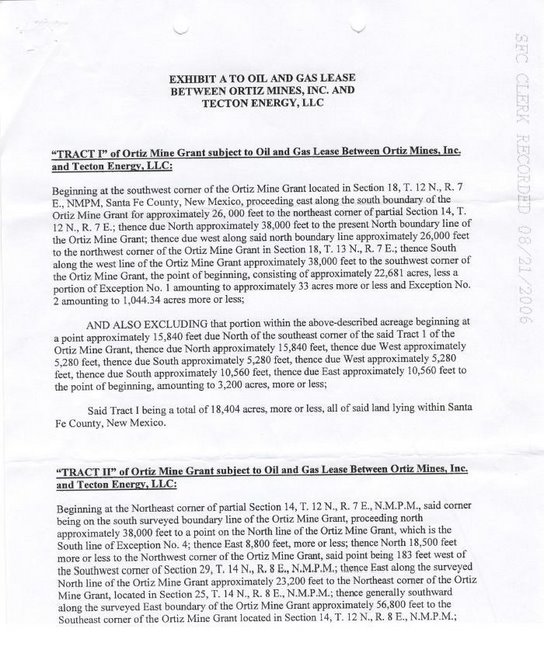
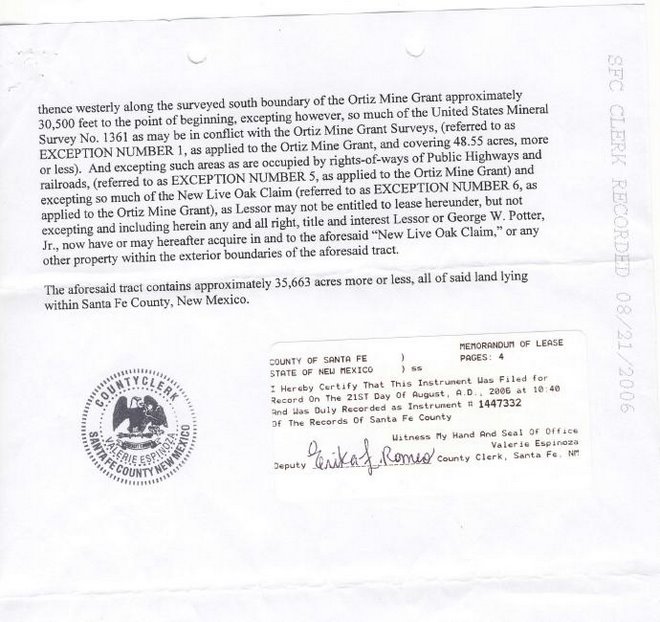
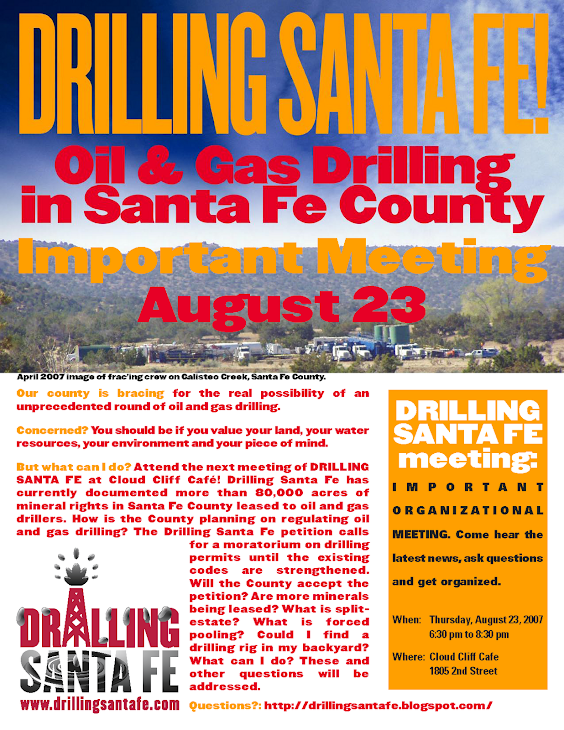

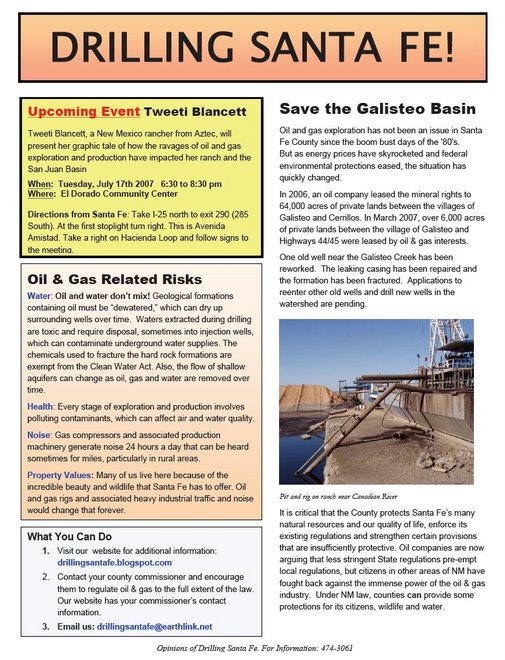

No comments:
Post a Comment